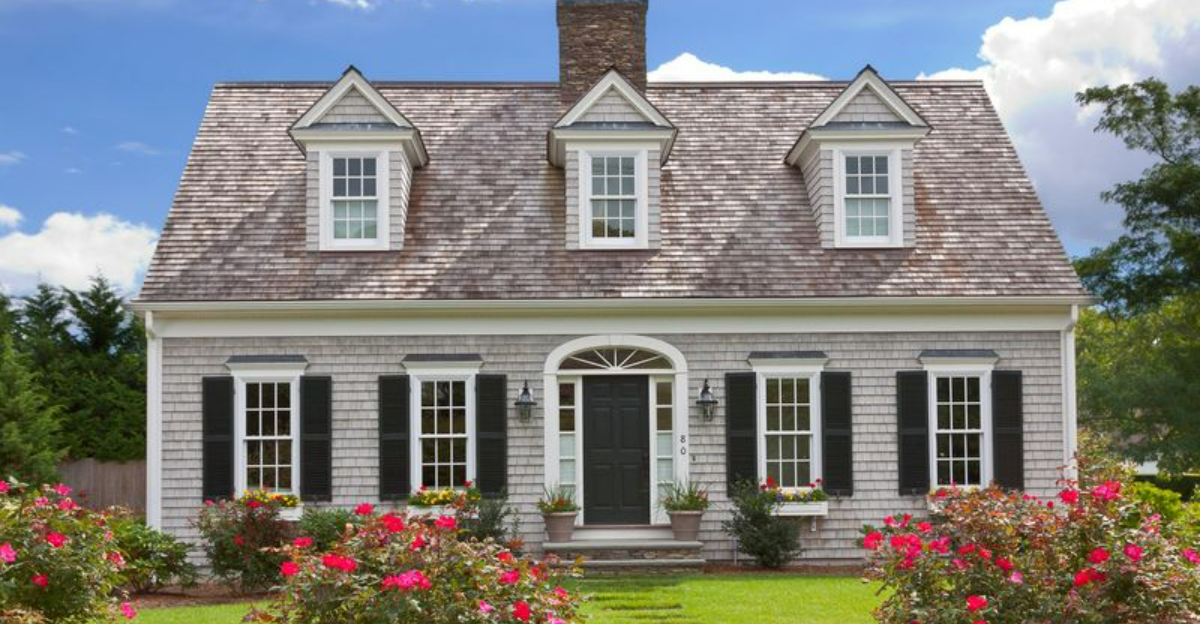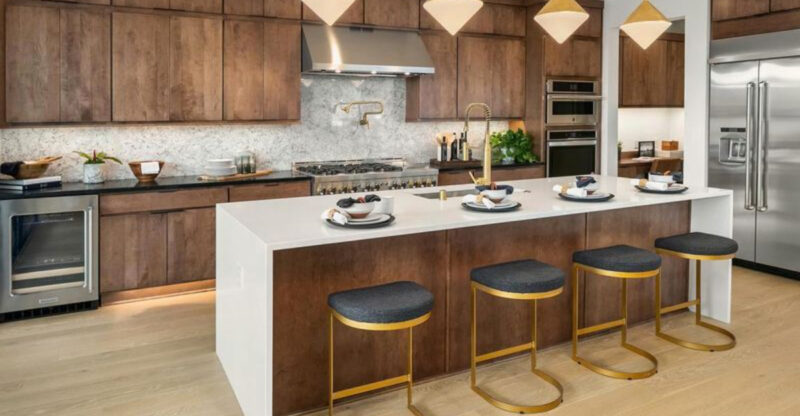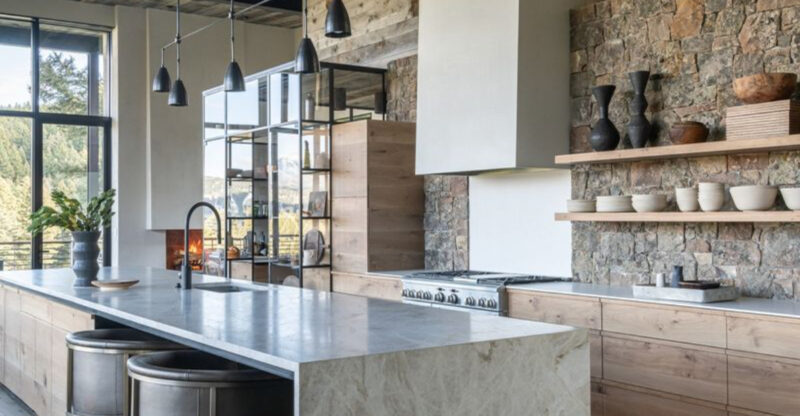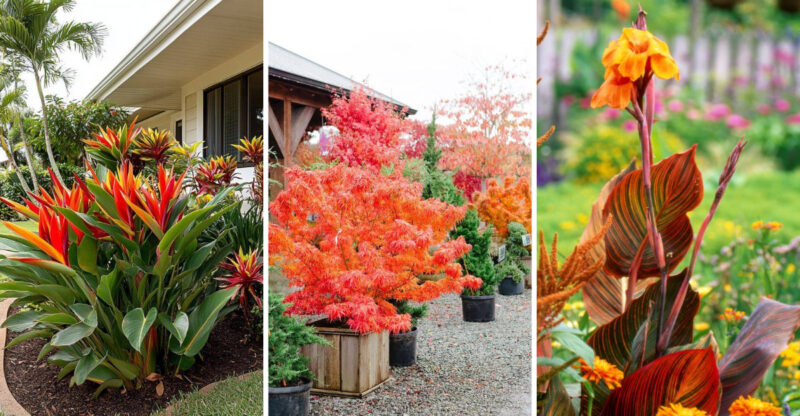10 Massachusetts Cape Cod Exteriors That Pass The ‘Timeless’ Test

Cape Cod homes have been charming New Englanders for centuries with their simple beauty and practical design. These classic houses stand strong against harsh coastal weather while looking absolutely gorgeous year after year.
I’m excited to show you some stunning Massachusetts exteriors that prove traditional style never goes out of fashion, and you’ll discover why these homes continue to capture hearts across generations.
1. Classic White Clapboard with Black Shutters
Nothing beats the crisp contrast of white siding paired with jet-black shutters. This combination has defined Cape Cod architecture since colonial times, and honestly, it still looks fresh today.
The beauty lies in its simplicity – clean lines create a welcoming appearance that works beautifully in any neighborhood. White reflects sunlight during hot summers while those dark shutters add just enough drama without overwhelming the design.
I love how this pairing makes even modest homes feel stately and refined.
2. Weathered Gray Cedar Shingles
Cedar shingles transform over time into gorgeous silvery-gray tones that tell a story of ocean breezes and salty air. This natural aging process creates texture and character you simply cannot replicate with paint.
Homeowners appreciate how low-maintenance these shingles become once they’ve weathered completely. The organic color variations blend seamlessly with beach landscapes, making houses appear as though they’ve grown from the sandy soil itself.
Your home gains authenticity with every passing season.
3. Steep Center Gable Roofline
That distinctive steep roof isn’t just for looks – it sheds snow and rain like a champion during brutal New England winters. The sharp pitch creates extra living space in upper floors while giving homes their recognizable silhouette.
Center gables add vertical interest to otherwise horizontal structures, drawing your eye upward and making buildings appear taller. I find this roofline incredibly practical yet elegant, proving that good design solves problems beautifully.
Function and form unite perfectly here.
4. Symmetrical Window Placement
Balance creates instant visual harmony, and Cape Cod homes master this through carefully positioned windows. Typically, you’ll see matching windows flanking a centered front door, creating a face-like appearance that feels naturally welcoming.
This symmetry originated from practical colonial building methods but remains timelessly appealing to modern eyes. Equal spacing ensures interior rooms receive balanced natural light throughout the day.
I believe this orderly arrangement brings calm to any streetscape, making neighborhoods feel cohesive and thoughtfully planned.
5. Central Brick Chimney
Brick chimneys anchoring the center of Cape Cod homes serve as both functional heating elements and striking architectural features. Originally, these massive structures heated multiple rooms through connected fireplaces, keeping families cozy during freezing coastal winters.
The vertical mass breaks up the horizontal roofline while adding warmth through earthy red tones. Even though many modern homes use gas heating, keeping that central chimney maintains historical authenticity.
Your exterior gains instant character and a connection to centuries-old traditions.
6. Low-Pitched Dormer Windows
Dormers punch through rooflines to create usable attic space while flooding upper rooms with precious daylight. These windowed projections maintain the home’s modest profile by staying low and unobtrusive rather than towering above the main structure.
I appreciate how they add dimension to otherwise plain roof surfaces without disrupting the home’s humble proportions. Shed-style dormers particularly suit Cape Cod aesthetics, offering clean lines that complement the overall simplicity.
Extra living space emerges without sacrificing timeless appeal.
7. Minimal Front Porch Entry
Unlike grand Southern porches, Cape Cod entries stay deliberately understated – often just a small stoop or compact covered area. This restrained approach reflects New England practicality, providing shelter from weather without unnecessary embellishment.
A modest porch keeps focus on the door itself, which typically features classic paneling and traditional hardware. I find this simplicity refreshing in our age of oversized architectural statements.
Sometimes less truly delivers more impact, especially when executed with quality materials and careful proportions.
8. Compact One-and-a-Half Story Height
Cape Cod homes hug the ground rather than reaching skyward, typically rising just one-and-a-half stories tall. This low profile helps structures withstand fierce coastal winds while reducing heating costs during long winters.
The modest scale feels approachable and human-sized compared to towering modern constructions. Upper half-stories tucked beneath sloped roofs provide bedrooms without adding bulk to the exterior silhouette.
I think this humble height contributes significantly to the style’s enduring charm and neighborhood-friendly presence.
9. Side-Gabled Roof Orientation
Roof ridges running parallel to the street create the iconic Cape Cod profile we instantly recognize. This side-gabled orientation differs from front-facing gables, presenting a long, low silhouette that emphasizes horizontal lines.
The configuration allows for efficient interior layouts with rooms arranged along a central hallway. I admire how this simple roofing choice establishes the entire architectural character while maximizing interior functionality.
Sometimes the most fundamental design decisions create the strongest visual identity and lasting appeal.
10. Foundation Plantings and Stone Walls
Landscaping completes the timeless exterior through carefully chosen foundation plantings and classic stone walls. Low-growing shrubs soften the transition between house and ground while native hydrangeas add seasonal color without overwhelming the architecture.
Fieldstone walls define property boundaries with materials literally pulled from Massachusetts soil, connecting homes to local geology. I believe thoughtful landscaping enhances rather than distracts, keeping attention focused on architectural beauty.
These natural elements ground homes in their environment, creating harmonious compositions that endure.






